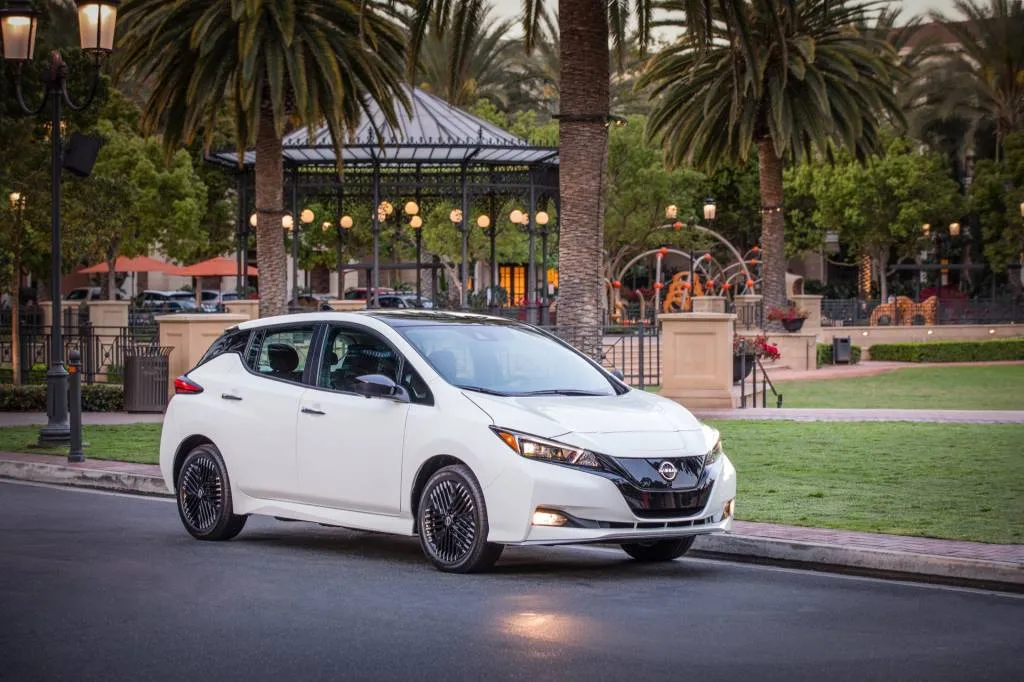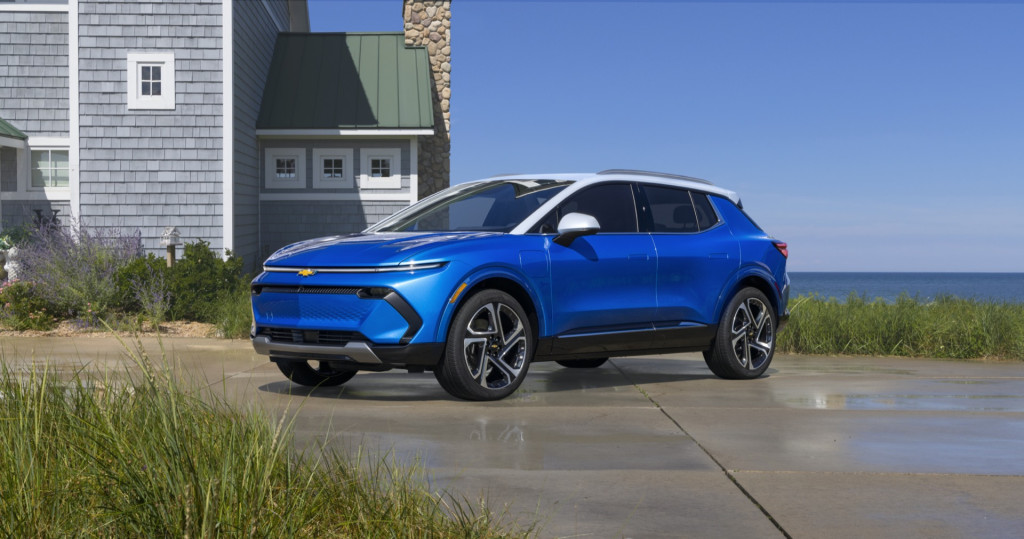
[ad_1]
California introduced this week that it’ll recast a serious EV incentive program to concentrate on middle- and low-income drivers.
In late 2023, the California Air Sources Board (CARB)—which oversees the state’s EV incentives and emissions guidelines—will develop the prevailing Clear Vehicles 4 All program statewide as a alternative for the Clear Car Rebate Venture (CVRP), in response to an company press launch.
Not like the CVRP, the Clear Vehicles 4 All program considers candidates’ revenue. In its expanded statewide type, this system will supply as much as $12,000 to California residents who scrap and exchange older, higher-polluting autos with cleaner alternate options, or as much as $7,500 for qualifying residents who aren’t changing a automobile, in addition to “reasonably priced financing choices,” the discharge stated.

2024 Nissan Leaf
The CVRP will proceed accepting purposes whereas funding stays out there. The Clear Vehicles 4 All program may also proceed in its present type till the CVRP expires, providing as much as $9,500 towards a brand new automobile or $7,500 towards “transit or different shared mobility choices” to residents in California’s 5 clean-air districts.
Since its launch in 2010, the CVRP has issued half 1,000,000 rebates totaling $1.2 billion, at a mean of about $2,500 per rebate, in response to CARB. It was all the time meant to be a limited-duration program, although, and in recent times CARB has tried to restrict the variety of rebates going to the highest-income drivers with revenue and MSRP caps.
The CVRP is separate from the California Clear Gasoline Reward (CCFR) incentive program, which has been quickly lower. Whereas the CVRP requires a separate software after buying or leasing a automobile, the CCFR is a point-of-sale rebate that was out there instantly. It additionally does not have revenue or MSRP caps.

2024 Chevrolet Equinox EV
One in 4 new autos in California is now an EV or plug-in hybrid, however meaning the state nonetheless has an extended strategy to go meet a objective of constructing all new autos have cost ports by 2035. That may partly rely on expanded charging infrastructure, which California goals to handle with a $2.9 billion program that can greater than double the variety of EV chargers within the state.
However a continued reassessment of EV incentives may additionally be an essential a part of the emissions-reduction puzzle. Along with specializing in lower-income drivers, California has additionally thought of recasting its EV coverage towards so-called “gasoline superusers,” who burn an outsize quantity of gas.
[ad_2]